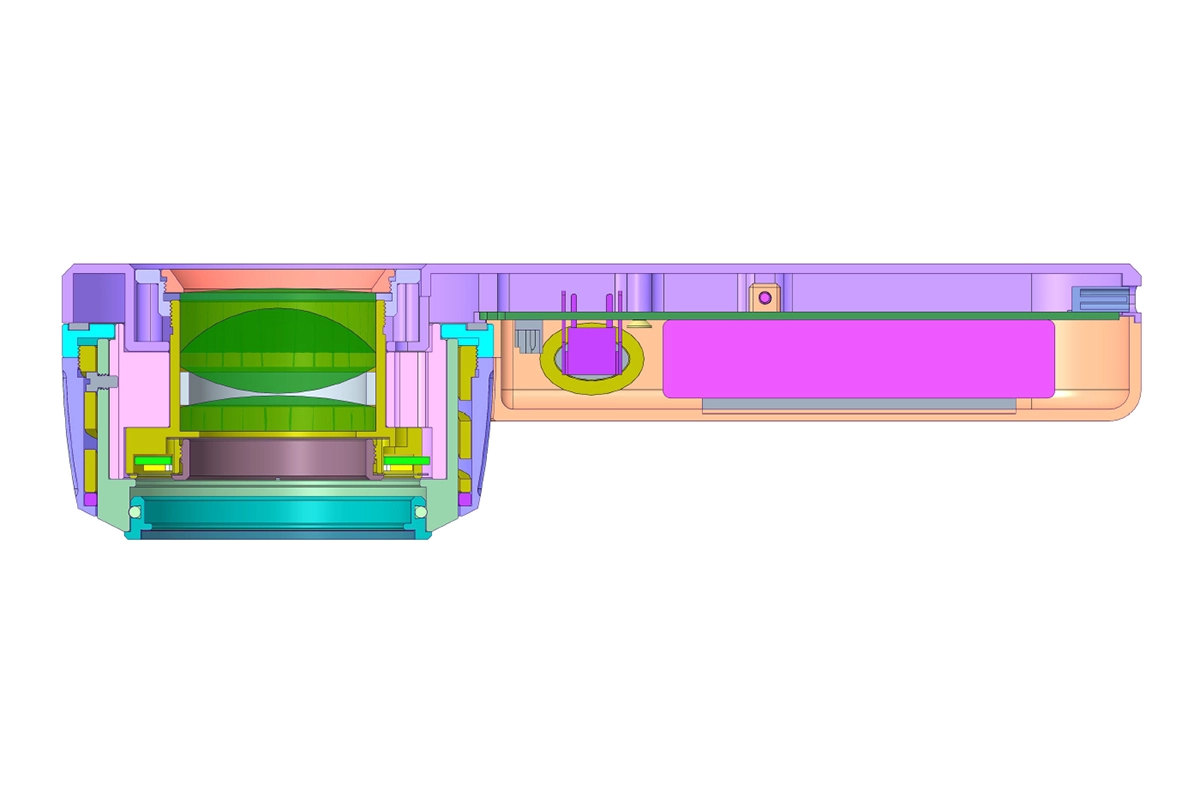Article
How effectiveness is dermoscopy
Compared with visual inspection, the dermoscopy can be used to capture and store skin lesion photos, which play an important role in early skin cancer examination. The dermoscopy allows the examination of skin lesions with magnification and illumination. This can be greatly avoiding the factors that cause interference to visual detection. Such as lighting, skin…
Compared with visual inspection, the dermoscopy can be used to capture and store skin lesion photos, which play an important role in early skin cancer examination.
The dermoscopy allows the examination of skin lesions with magnification and illumination. This can be greatly avoiding the factors that cause interference to visual detection. Such as lighting, skin color, hair and cosmetics.
Several studies have demonstrated that dermoscopy is useful in the identification of melanoma, when used by a trained professional.
It may improve the accuracy of clinical diagnosis by up to 35%
It may reduce the number of harmless lesions that are removed
In primary care, it may increase the referral of more worrisome lesions and reduce the referral of more trivial ones
A 2018 Cochrane meta-analysis published the accuracy of dermoscopy in the detection.
| Table 1. Accuracy of dermoscopy in the detection of melanoma in adults | ||||
| Detection Method | Sensitivity, % | Specificity, % | Positive Likelihood Ratio | NegativeLikelihood Ratio |
| Visual inspection alone (in person) | 76 | 75 | 3.04 | 0.32 |
| Dermoscopy with visual inspection (in person) | 92 | 95 | 18 | 0.08 |
| Image-based visual inspection alone (not in person) | 47 | 42 | 0.81 | 1.3 |
| Dermoscopy with image-based visual inspection (not in person) | 81 | 82 | 4.5 | 0.23 |
| ROC—receiver operating characteristic. *Estimated sensitivity calculated on the summary ROC curve at a fixed specificity of 80%. | ||||
As we can see, the dermoscope can improve the accuracy of diagnosis of skin lesions, especially melanoma.
| Table 1. Accuracy of dermoscopy in the detection of melanoma in adults | ||||
| Detection Method | Sensitivity, % | Specificity, % | Positive Likelihood Ratio | NegativeLikelihood Ratio |
| Visual inspection alone (in person) | 79 | 77 | 3.4 | 0.27 |
| Dermoscopy with visual inspection (in person) | 93 | 99 | 93 | 0.07 |
| Image-based visual inspection alone (not in person) | 85 | 87 | 6.5 | 0.17 |
| Dermoscopy with image-based visual inspection (not in person) | 93 | 96 | 23 | 0.07 |
| ROC—receiver operating characteristic. *Estimated sensitivity calculated on the summary ROC curve at a fixed specificity of 80%. | ||||
Characteristics of the dermatoscopic structure of the skin lesions include:
• Symmetry or asymmetry
• Homogeny/uniformity (sameness) or heterogeny (structural differences across the lesion)
• Distribution of pigment: brown lines, dots, clods and structureless areas
• Skin surface keratin: small white cysts, crypts, fissures
• Vascular morphology and pattern: regular or irregular
• Border of the lesion: fading, sharply cut off or radial streaks
• Presence of ulceration
There are specific dermoscopic patterns that aid in the diagnosis of the following pigmented skin lesions:
• Melanoma
• Moles (benign melanocytic naevus)
• Freckles (lentigos)
• Atypical naevi
• Blue naevi
• Seborrhoeic keratosis
• Pigmented basal cell carcinoma
• Haemangioma






















